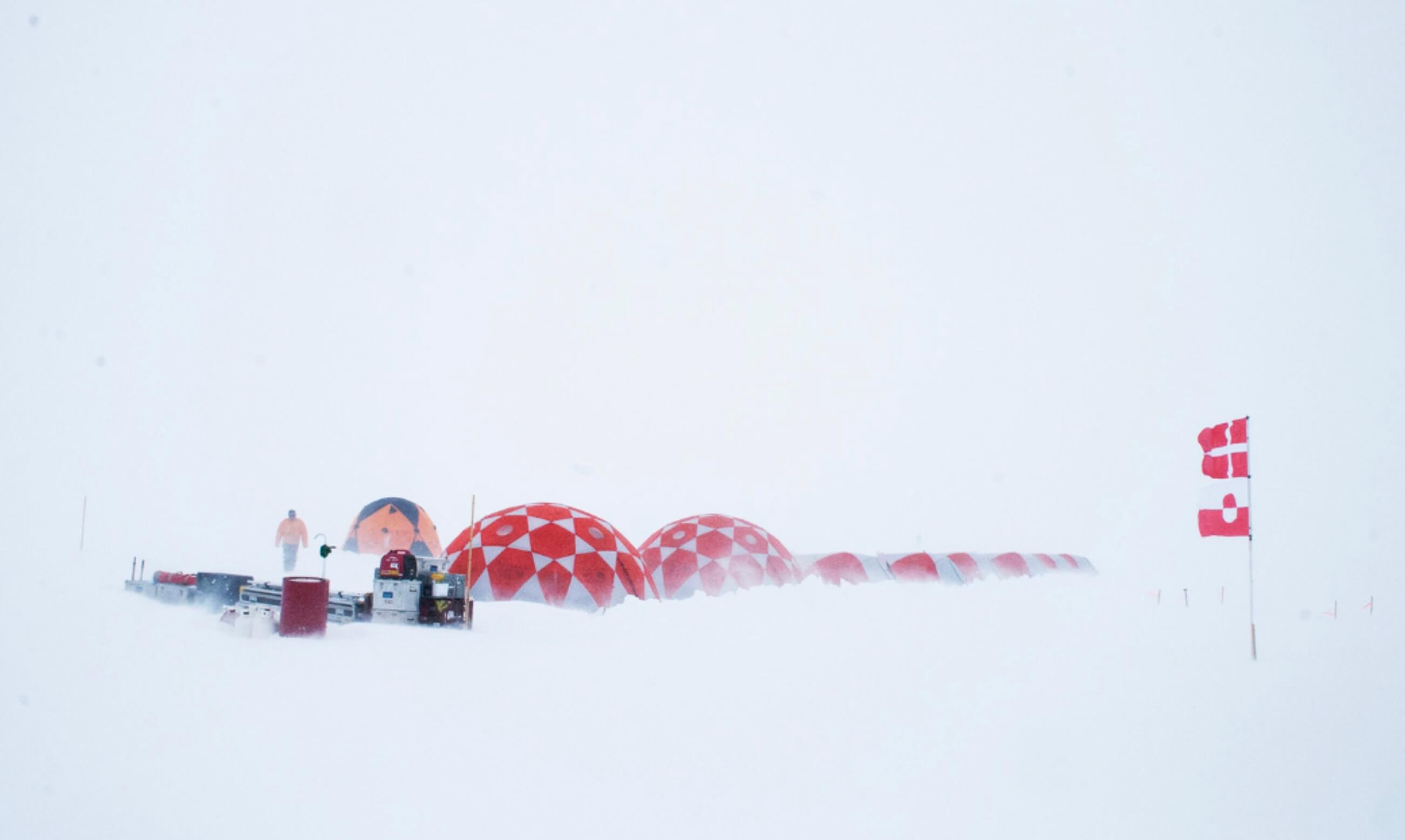
How to Cite
Share
Abstract
Camp Century was a military base constructed by the US Army Corps of Engineers in 1959 in the near-surface layers of the Greenland ice sheet at 77.13°N, 61.03°W and 1886 m above sea level (Clark 1965; Fig. 1). The base housed up to 200 military personel and was continuously occupied until 1964. After three years of additional seasonal operation, the base was abandoned with minimal decommissioning in 1967. Recent Danish scholarship has documented the political and military history of Camp Century in detail (Nielsen & Nielsen 2016). In 2016, the Geological Survey of Denmark and Greenland (GEUS) participated in a multi-nation study that presented regional climate simulations that suggested the icesheet surface mass balance at Camp Century may change from net accumulation to net ablation by 2100 under the UN Intergovernmental Panel on Climate Change RCP8.5 ‘business-as-usual’ climate scenario. However, according to Colgan et al. (2016), net accumulation would persist beyond 2100 at Camp Century under the climate-change mitigation characterised by RCP4.5, an approximately ‘Paris Agreement’ climate scenario. In 2017, in response to concerns from the Government of Greenland over the potential to remobilisation of contaminants from Camp Century within the next century, the Government of Denmark established a programme for long-term climate monitoring and detailed one-time surveying of the debris field at Camp Century (Colgan et al. 2017). This report describes the initial field activities of the Camp Century Climate Monitoring Programme in the context of the four programme goals: 1. To continuously monitor relevant climate variables, including the depth to which meltwater percolates, at the Camp Century site. 2. To regularly update annual likelihoods of meltwater interacting with abandoned materials at the Camp Century site over the next century. 3. To map the estimated spatial extent and vertical depth of abandoned wastes across the Camp Century site. 4. To publicly report all findings from the Camp Century Climate Monitoring Programme in a timely manner.
How to Cite
Share
Downloads
Editors Adam A. Garde, Ole Bennike and W. Stuart Watt
The 22 contributions in this issue of Review of Survey activities demonstrate the broad field of activities performed by the Geological Survey of Denmark and Greenland and external partners.
Seven papers on Danish geology comprise an investigation of reservoir sandstones for oil [...]










